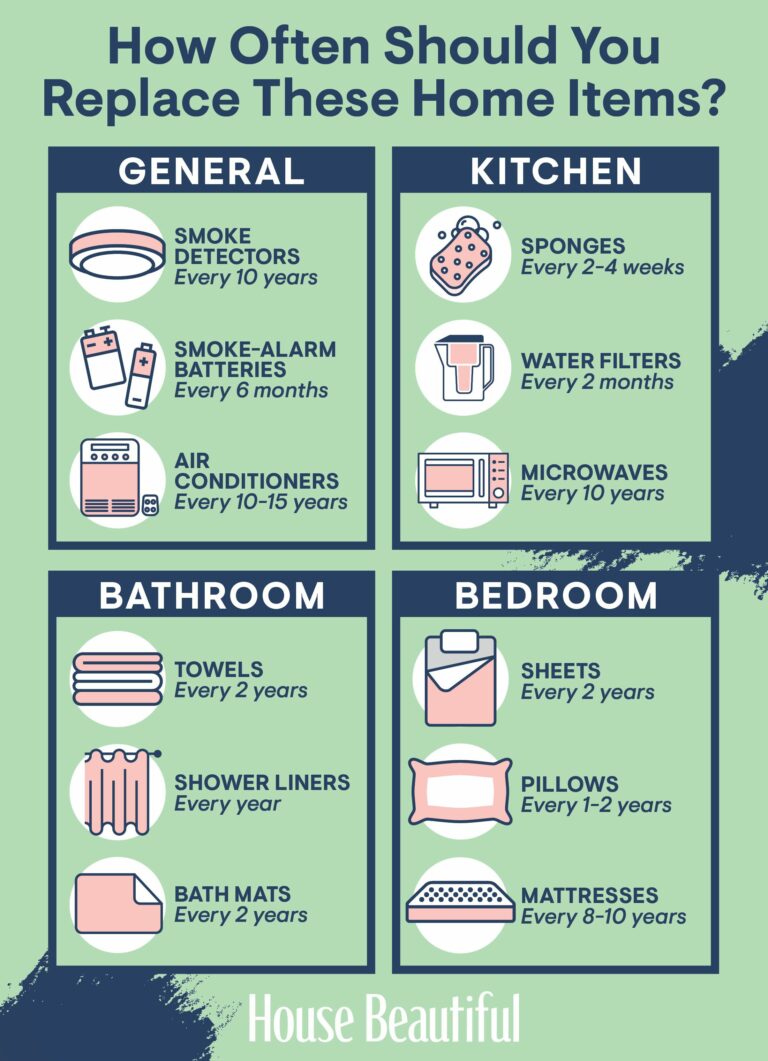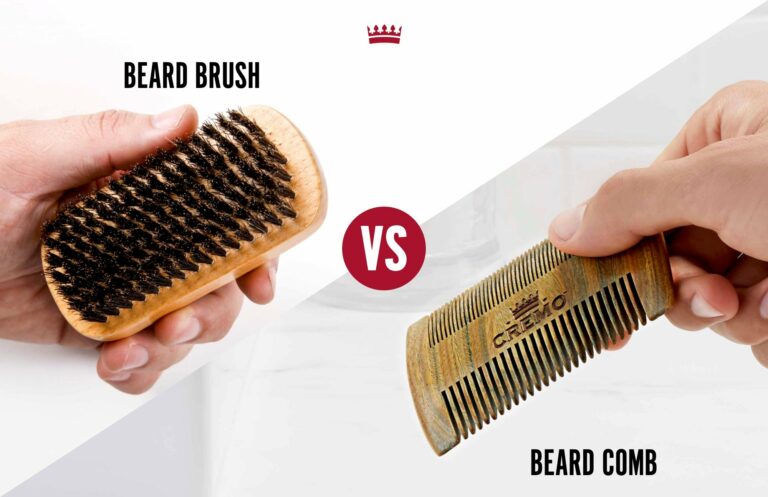Which Comb Is Best For Frizzy Hair?
Frizzy hair can be a challenge to manage, but fear not! We’re here to help you find the best comb that can tame those wild locks. So, which comb is best for frizzy hair? Let’s dive in and explore the options.
When it comes to selecting a comb for frizzy hair, it’s essential to choose one that will detangle without causing additional frizz. After all, we want your hair to look smooth and sleek, right?
So, whether you’re dealing with a lion’s mane or a poofy cloud, stay tuned as we uncover the comb that will transform your frizzy hair into a gorgeous, manageable mane.

The Best Comb for Frizzy Hair: Taming Those Unruly Locks
Frizzy hair can be a daily challenge for many individuals. The struggle to manage and style frizzy hair often leads to frustration and disappointment. However, finding the right comb can make all the difference in achieving a smooth and sleek look. In this article, we will explore the different combs available and help you determine which comb is best for frizzy hair. So, say goodbye to unruly locks and hello to a hassle-free hair day!
Wide-Toothed Comb: Embrace the Gentle Detangler
When it comes to frizzy hair, the wide-toothed comb is a lifesaver. Unlike fine-toothed combs or brushes, wide-toothed combs glide through the hair without causing unnecessary breakage or frizz. The wider gaps between the teeth allow the comb to detangle knots and prevent further damage. Additionally, using a wide-toothed comb helps distribute natural oils from the roots to the ends, promoting healthier and more manageable hair.
For best results, start by applying a leave-in conditioner or detangling spray to damp hair. This will make the combing process smoother and minimize the risk of breakage. Begin combing from the ends of the hair and gradually work your way up to the roots, gently removing any tangles. Remember to be patient and avoid rushing through the process, as this can lead to more frizz and damage. Once your hair is tangle-free, style as desired and enjoy smoother, frizz-free locks!
The Benefits of a Wide-Toothed Comb:
1. Less breakage: The wide gaps between the teeth prevent hair from getting caught and breaking.
2. Detangling: Gently removes knots and tangles without causing further damage.
3. Distribution of natural oils: Helps distribute natural oils throughout the hair, making it more manageable and less prone to frizz.
Wooden Comb: Nature’s Secret to Frizz-Free Hair
For centuries, wooden combs have been used to maintain healthy hair, and for good reason. Wooden combs, usually made from materials like sandalwood or bamboo, have unique properties that benefit frizzy hair. The natural material helps reduce static, which is a major contributor to frizz. Additionally, wooden combs have rounded teeth that massage the scalp and stimulate blood circulation, promoting healthier hair growth.
Using a wooden comb is simple, but it requires a gentle touch. Start by combing from the ends of the hair, gradually working your way up to the roots. The natural material of the comb will help distribute natural oils from the scalp to the ends, reducing dryness and frizz. Remember to clean your wooden comb regularly to remove any debris or residue that could transfer to your hair.
The Advantages of Using a Wooden Comb:
1. Reduced static: Wooden combs decrease static electricity, minimizing frizz.
2. Scalp stimulation: The rounded teeth of wooden combs provide a soothing scalp massage, improving blood circulation.
3. Natural distribution of oils: Helps distribute natural oils throughout the hair, reducing dryness and preventing frizz.
Wet Detangling Comb: A Game Changer for Frizz-Prone Hair
Wet hair is particularly prone to breakage and damage. However, with the right comb, you can minimize these risks and achieve smooth and frizz-free results. Enter the wet detangling comb, specifically designed to glide through wet hair without causing breakage or disrupting the curl pattern. The wide-set teeth of the comb detangle knots gently, ensuring a pain-free and seamless combing experience.
To effectively use a wet detangling comb, start by applying conditioner to wet hair in the shower. Allow the conditioner to sit for a few minutes to soften the hair and make it more manageable. Then, using the wet detangling comb, gently comb through the hair, starting from the ends and working your way up to the roots. Take your time and be patient, as rushing through the process can cause breakage and frizz. Once your hair is detangled, rinse out the conditioner and style as desired.
The Wet Detangling Comb: A Lifesaver for Frizz-Prone Hair
1. Minimized breakage: The wide-set teeth and gentle strokes prevent breakage and minimize damage.
2. Pain-free detangling: Designed to glide through wet hair without causing discomfort or pain.
3. Promotes natural curl pattern: Protects the integrity of curls and waves, reducing frizz and enhancing definition.
Tips for Combating Frizz:
Now that you know the best combs for frizzy hair, here are some additional tips to help you combat frizz and achieve smoother, more manageable locks:
1. Opt for a wide-toothed comb or wooden comb when detangling wet or dry hair.
Both wide-toothed and wooden combs are gentle on the hair, preventing breakage and reducing frizz. Choose the comb that works best for your hair type and personal preference.
2. Avoid brushing frizzy hair when it is dry, as this can lead to breakage and more frizz.
Dry brushing can cause hair to break and frizz even further. Instead, use a wide-toothed comb or your fingers to gently detangle and style.
3. Apply a leave-in conditioner or anti-frizz serum to damp hair before combing.
These products help reduce frizz and make combing easier. Apply them from mid-length to the ends of the hair, focusing on areas prone to frizz.
4. Limit the use of heat styling tools and protect your hair with heat protectant products.
Excessive heat can dry out the hair and lead to more frizz. Use heat styling tools sparingly, and always apply a heat protectant spray or serum prior to styling.
5. Sleep with a satin or silk pillowcase to prevent friction and minimize frizz.
Regular pillowcases can cause friction, leading to more frizz. Switch to a satin or silk pillowcase, which reduces friction and helps maintain smoother hair.
Conclusion:
Finding the best comb for frizzy hair can be a game-changer in your hair care routine. Whether you opt for a wide-toothed comb, a wooden comb, or a wet detangling comb, the key is to choose a comb that is gentle on your hair and helps minimize frizz. Remember to incorporate the tips mentioned above to further combat frizz and achieve the sleek and smooth look you desire. Embrace your natural texture and say goodbye to unruly locks – it’s time to rock your frizz-free hair!
Key Takeaways: Which comb is best for frizzy hair?
- A wide-toothed comb is best for frizzy hair as it helps to detangle without causing damage.
- Using a comb made of natural materials like wood or horn can help reduce frizz and static.
- A comb with anti-static properties or coated bristles can also be beneficial for frizzy hair.
- Avoid using plastic combs as they can create friction and contribute to frizz.
- Remember to start combing from the ends and gradually work your way up to minimize breakage.
Frequently Asked Questions
Hair can be a real challenge, especially when it’s frizzy. Finding the right comb can make all the difference in taming those wild locks and achieving a smooth and sleek look. Here are some common questions about choosing the best comb for frizzy hair:
1. How do I choose the right comb for frizzy hair?
When selecting a comb for frizzy hair, look for one made of materials that reduce static, such as wood or carbon. These materials help combat frizz by reducing friction and preventing hair from becoming electrified. Wide-toothed combs are also preferable as they help detangle without causing breakage or additional frizz. Avoid using plastic combs as they can generate static and further contribute to frizz.
Additionally, consider the shape and size of the comb. A comb with widely spaced teeth is ideal for curly or coily hair as it minimizes disruption to the natural curl pattern. If you have fine or straight hair, opt for a comb with closer teeth to provide smooth and even distribution of oils from the roots to the ends.
2. Can I use a brush instead of a comb for frizzy hair?
While brushes can be useful for certain hair types, combs are generally more suitable for frizzy hair. Combs are better at detangling without causing additional frizz, as they divide the hair more gently than brushes. Brushes can sometimes disrupt the natural curl pattern and cause more frizz. However, if you prefer using a brush, look for one with wide-spaced bristles or natural bristles, as they can help minimize frizz by distributing natural oils evenly.
Regardless of whether you choose a comb or a brush, remember to begin detangling from the ends of your hair and work your way up gradually. This helps minimize breakage and tugging, resulting in smoother, less frizzy locks.
3. Are there any specific combs or brushes to avoid for frizzy hair?
Yes, there are certain combs and brushes that are best avoided if you have frizzy hair. Avoid using fine-toothed combs, as they can contribute to breakage and frizz by snagging on tangles. Plastic combs should also be avoided since they can generate static electricity and make frizz worse. Additionally, avoid metal brushes or combs, as they can overheat quickly when used with heat-styling tools, causing damage to the hair.
Instead, opt for combs with wide-spaced teeth or brushes with wide-spaced bristles. These will help minimize damage, reduce frizz, and give you smoother, more manageable hair.
4. Can using a wide-toothed comb help reduce frizz on dry hair?
Yes, using a wide-toothed comb on dry hair can be beneficial in reducing frizz. As frizzy hair tends to be more prone to tangles, using a wide-toothed comb helps detangle gently without causing excessive breakage or frizz. Additionally, combing dry hair with a wide-toothed comb can help distribute natural oils from the scalp to the ends, providing added moisture and reducing frizz.
However, it’s important to note that brushing or combing dry hair too often can also lead to further frizz. It’s best to find a balance and only comb when necessary, using a wide-toothed comb and starting from the ends to minimize damage and preserve the integrity of your hair.
5. Should I consider using a leave-in conditioner with my comb for frizzy hair?
Absolutely! Leave-in conditioners can be a game-changer when it comes to reducing frizz and maintaining moisture in your hair. Before using your comb, apply a small amount of leave-in conditioner to your hair, focusing on the mid-lengths and ends. This will help provide extra hydration, smoothness, and manageability. Comb through the hair gently to distribute the conditioner evenly.
Leave-in conditioners help seal the hair cuticle, preventing moisture loss and reducing frizz. They also provide a protective barrier against environmental factors that may contribute to frizz. Choose a leave-in conditioner specifically formulated for frizzy hair, and remember that a little goes a long way – using too much product can actually weigh your hair down and make it greasy.

Stop Using the WRONG Brushes for Your Hair Type
Summary
Finding the right comb for frizzy hair can be a game-changer. Wide-toothed combs are best for detangling and reducing breakage. Avoid fine-toothed combs and opt for materials like wood or bone for less frizz. Experiment and find what works for your hair type!
Comb with care to avoid damage. Start from the ends and work your way up. Leave-in conditioners and oils can help tame frizz. Remember, the best comb for frizzy hair is one that is gentle and suits your unique hair needs.






